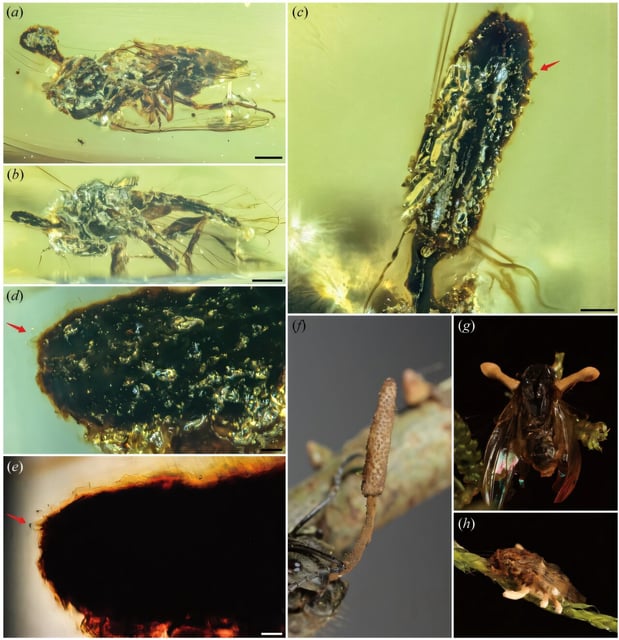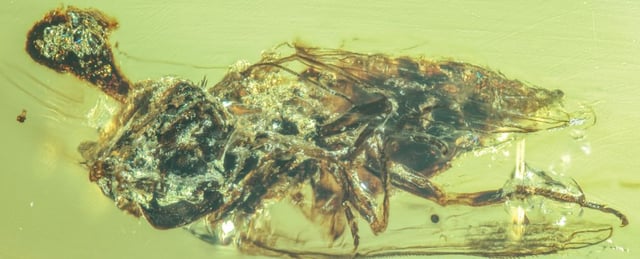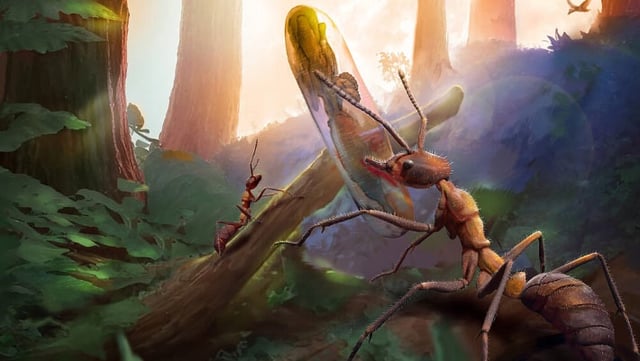Overview
- Researchers identified Paleoophiocordyceps gerontoformicae infecting an ant pupa and P. ironomyiae infecting a fly in 99-million-year-old Kachin amber.
- Morphological traits link both fossil species to modern Ophiocordyceps fungi, implying a continuous lineage across 100 million years.
- Dating of the amber calibrates the emergence of entomopathogenic Ophiocordyceps fungi to about 133 million years ago in the Early Cretaceous.
- Ancestral state reconstructions indicate initial parasitism of beetles followed by host shifts to moths, butterflies and ants as ecosystems evolved.
- These amber specimens provide the oldest direct record of fungi manipulating insect hosts to spread spores.


